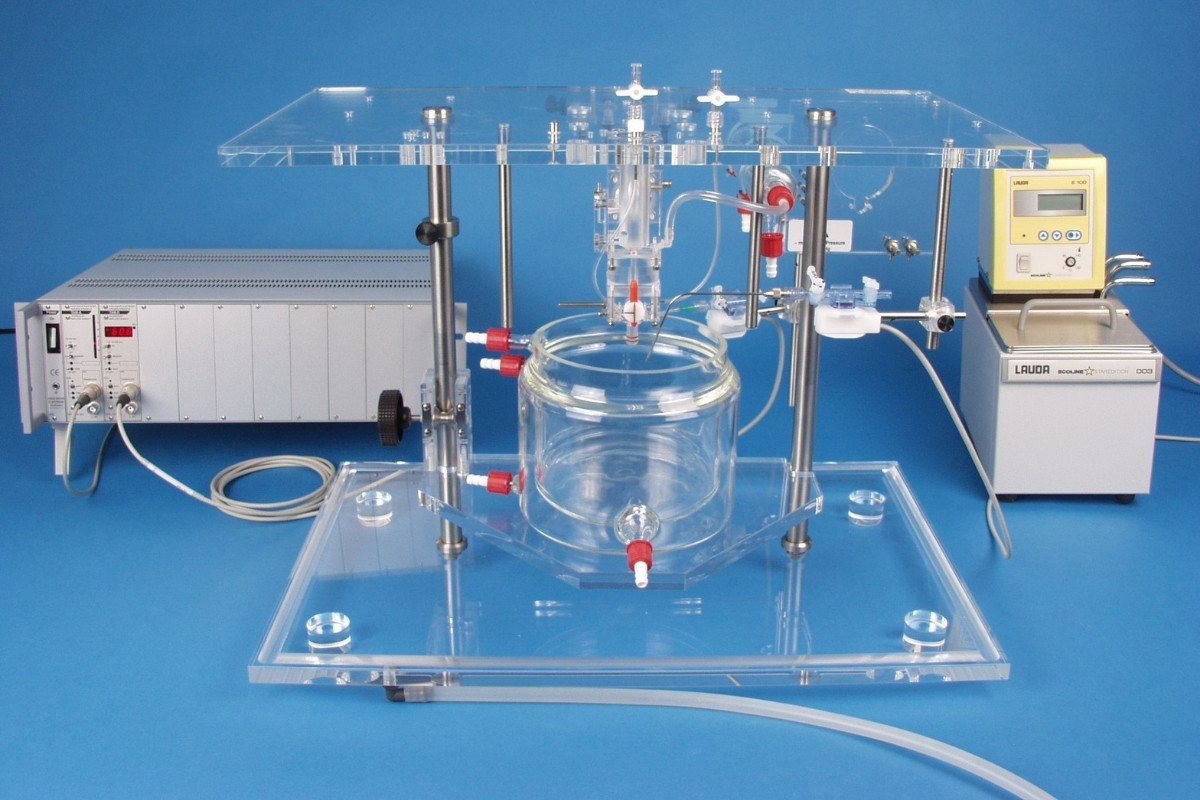
What is the Langendorff perfusion system? The Langendorff perfusion system is a technique used to isolate and study the heart outside of the body. This method allows researchers to keep the heart beating while examining its functions under controlled conditions. By perfusing the heart with a nutrient-rich solution, scientists can observe how it responds to various drugs, stressors, or other experimental conditions. This system has been crucial in advancing our understanding of cardiac physiology and pharmacology. Whether you're a budding scientist or just curious about how hearts work, the Langendorff perfusion system offers a fascinating glimpse into the world of heart research.
What is the Langendorff Perfusion System?
The Langendorff perfusion system is a technique used to isolate and perfuse the heart, allowing researchers to study cardiac function in a controlled environment. This method has been pivotal in cardiovascular research, providing insights into heart physiology and pharmacology.
-
Invented by Oscar Langendorff: The system was developed by German physiologist Oscar Langendorff in 1895. His work revolutionized the study of the heart by enabling isolated heart perfusion.
-
Isolated Heart Study: It allows the heart to be studied outside the body, maintaining its function through perfusion with a nutrient-rich solution.
-
Retrograde Perfusion: The system uses retrograde perfusion, where the solution is delivered through the aorta, flowing backward into the coronary arteries.
-
Nutrient-Rich Solution: The perfusate typically contains essential nutrients, oxygen, and sometimes drugs to study their effects on the heart.
-
Constant Pressure or Flow: The system can operate under constant pressure or constant flow conditions, depending on the experimental requirements.
Applications in Research
The Langendorff perfusion system has numerous applications in cardiovascular research, from studying basic heart physiology to testing new drugs.
-
Drug Testing: Researchers use it to test the effects of new drugs on heart function without the complexities of a living organism.
-
Ischemia-Reperfusion Injury: It is instrumental in studying ischemia-reperfusion injury, where blood supply returns to the heart after a period of ischemia or lack of oxygen.
-
Electrophysiology Studies: The system allows detailed studies of the heart's electrical activity, helping to understand arrhythmias and other electrical disorders.
-
Heart Metabolism: Researchers can investigate heart metabolism by analyzing how the heart uses different substrates in the perfusate.
-
Cardiac Function: It provides a clear picture of cardiac function, including contractility, heart rate, and coronary flow.
Technical Aspects
Understanding the technical aspects of the Langendorff perfusion system is crucial for its effective use in research.
-
Cannulation: The heart is cannulated at the aorta to facilitate retrograde perfusion.
-
Temperature Control: The perfusate is maintained at physiological temperature to ensure the heart functions as it would in the body.
-
Oxygenation: The perfusate is oxygenated to mimic the oxygen supply the heart would receive in vivo.
-
pH Balance: Maintaining the correct pH of the perfusate is essential for optimal heart function.
-
Pressure Monitoring: Continuous monitoring of perfusion pressure ensures the heart is perfused under consistent conditions.
Advantages of the Langendorff Perfusion System
The Langendorff perfusion system offers several advantages that make it a valuable tool in cardiac research.
-
Controlled Environment: It provides a controlled environment, eliminating variables present in a living organism.
-
Reproducibility: Experiments can be easily reproduced, ensuring consistent results.
-
Isolation of Variables: Researchers can isolate specific variables to study their direct effects on the heart.
-
Ethical Considerations: It reduces the need for live animal experiments, addressing ethical concerns in research.
-
Detailed Analysis: Allows for detailed analysis of heart function and response to interventions.
Limitations and Challenges
Despite its advantages, the Langendorff perfusion system has some limitations and challenges.
-
Lack of Systemic Interactions: It does not account for interactions with other organs and systems in the body.
-
Limited Duration: The heart can only be perfused for a limited time before it begins to deteriorate.
-
Technical Expertise: Requires significant technical expertise to set up and operate correctly.
-
Cost: The equipment and consumables can be expensive, limiting accessibility for some research labs.
-
Artificial Conditions: The conditions are artificial and may not fully replicate the in vivo environment.
Future Directions
The Langendorff perfusion system continues to evolve, with new advancements enhancing its capabilities.
- 3D Printing: Advances in 3D printing technology are being explored to create more accurate heart models for perfusion studies.
The Final Word on Langendorff Perfusion Systems
Langendorff perfusion systems have revolutionized heart research. They allow scientists to study isolated hearts, providing insights into cardiac function without the complexities of a whole organism. This system has been pivotal in understanding heart diseases, testing drugs, and exploring cardiac physiology.
By maintaining the heart in a controlled environment, researchers can manipulate variables and observe outcomes with precision. This has led to breakthroughs in treatments and therapies for heart conditions.
The Langendorff system's versatility and reliability make it a staple in cardiovascular research labs worldwide. Its contributions to science are invaluable, offering a clearer picture of how our hearts work and how to keep them healthy.
Understanding this system's importance highlights the incredible strides made in medical research, paving the way for future innovations in heart health.
Was this page helpful?
Our commitment to delivering trustworthy and engaging content is at the heart of what we do. Each fact on our site is contributed by real users like you, bringing a wealth of diverse insights and information. To ensure the highest standards of accuracy and reliability, our dedicated editors meticulously review each submission. This process guarantees that the facts we share are not only fascinating but also credible. Trust in our commitment to quality and authenticity as you explore and learn with us.
